Growing Environmental Regulations
The Hydrogen Fuel Cells Market is significantly influenced by the tightening of environmental regulations across various sectors. Governments are increasingly implementing stringent policies aimed at reducing greenhouse gas emissions and promoting sustainable energy solutions. For example, regulations mandating lower emissions from vehicles are propelling the automotive sector to explore hydrogen fuel cells as a viable alternative. The market for hydrogen fuel cells is expected to expand as industries seek to comply with these regulations, which may lead to a projected increase in market size to USD 20 billion by 2030. This regulatory landscape is fostering innovation and investment in hydrogen technologies, thereby bolstering the Hydrogen Fuel Cells Market.
Rising Demand for Energy Storage Solutions
The Hydrogen Fuel Cells Market is benefiting from the escalating demand for efficient energy storage solutions. As renewable energy sources like wind and solar become more prevalent, the need for reliable storage systems to manage energy supply and demand is critical. Hydrogen fuel cells offer a promising solution, as they can store excess energy generated during peak production times and release it when needed. The market for energy storage is anticipated to grow significantly, with hydrogen storage systems projected to capture a substantial share. This trend is likely to enhance the attractiveness of hydrogen fuel cells, further propelling the Hydrogen Fuel Cells Market.
Advancements in Hydrogen Production Technologies
The Hydrogen Fuel Cells Market is experiencing transformative advancements in hydrogen production technologies. Innovations such as electrolysis and biomass gasification are making hydrogen production more efficient and cost-effective. These advancements are crucial for reducing the overall cost of hydrogen fuel cells, making them more competitive with traditional energy sources. The market is expected to see a shift towards greener production methods, with a projected increase in the use of renewable energy for hydrogen generation. This evolution in production technology is likely to stimulate growth in the Hydrogen Fuel Cells Market, as it aligns with the global push for sustainable energy solutions.
Increasing Investment in Hydrogen Infrastructure
The Hydrogen Fuel Cells Market is witnessing a surge in investment aimed at developing hydrogen infrastructure. Governments and private entities are allocating substantial funds to establish hydrogen production, storage, and distribution facilities. For instance, investments in hydrogen refueling stations are projected to reach USD 1.5 billion by 2026, indicating a robust commitment to expanding the hydrogen economy. This infrastructure development is crucial for the widespread adoption of hydrogen fuel cells, particularly in transportation and industrial applications. As infrastructure improves, the accessibility and viability of hydrogen as a clean energy source are likely to enhance, thereby driving growth in the Hydrogen Fuel Cells Market.
Expansion of Hydrogen Applications Across Industries
The Hydrogen Fuel Cells Market is witnessing an expansion of applications across various sectors, including transportation, power generation, and industrial processes. The versatility of hydrogen fuel cells allows them to be utilized in diverse settings, from powering vehicles to providing backup power for critical infrastructure. The transportation sector, in particular, is seeing increased adoption of hydrogen fuel cell vehicles, with projections indicating a market growth rate of over 25% annually. This broadening of applications is likely to enhance the overall demand for hydrogen fuel cells, thereby driving the Hydrogen Fuel Cells Market forward.
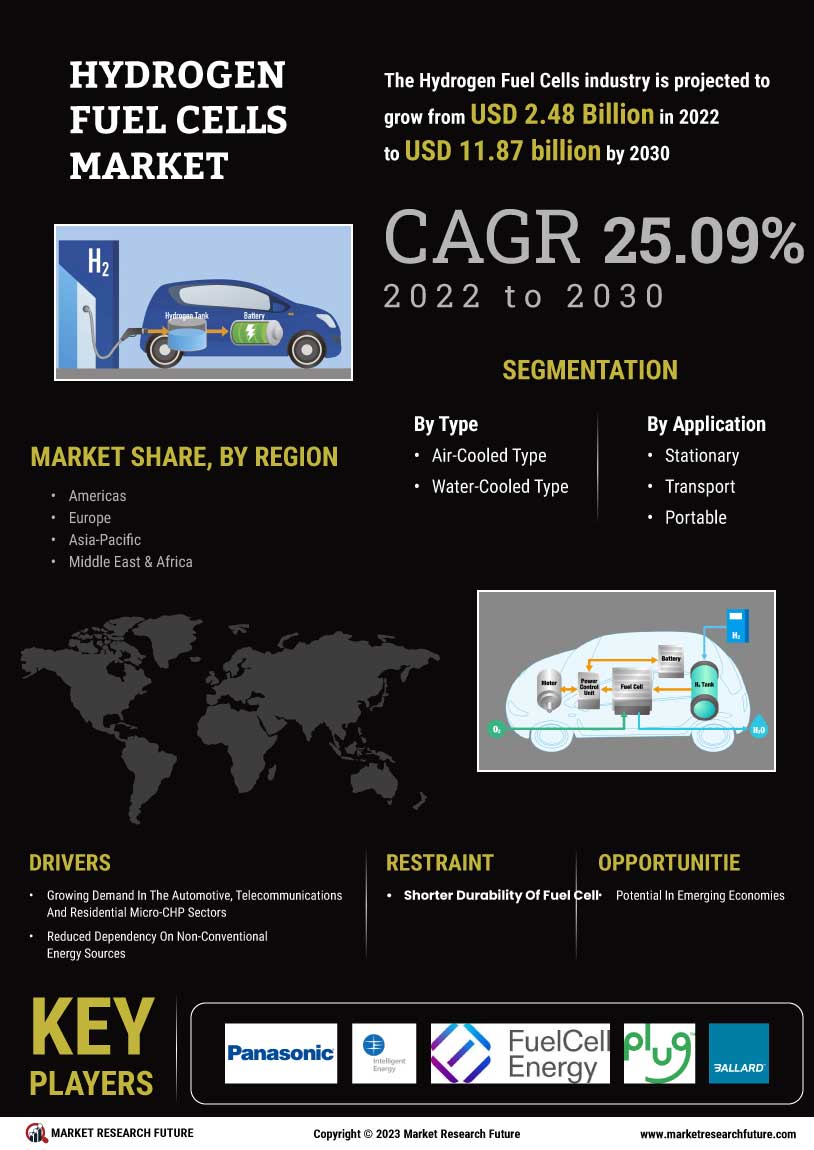

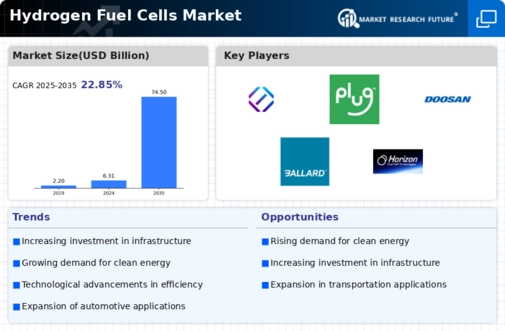
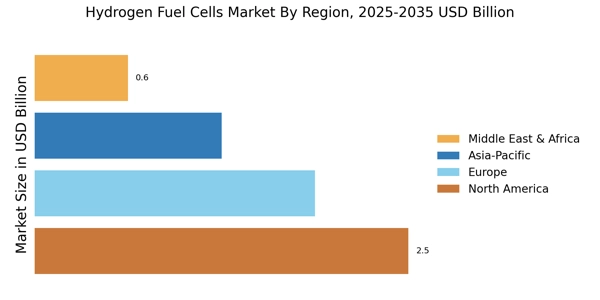


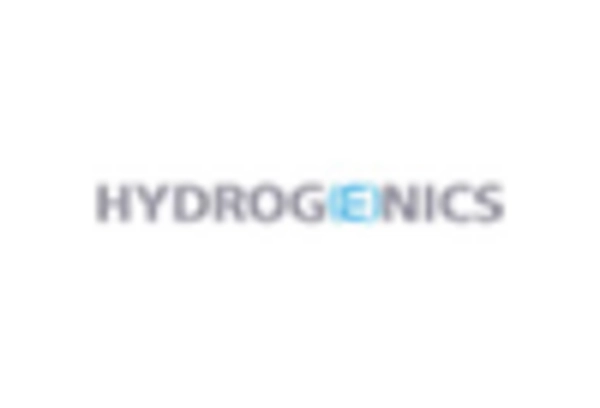

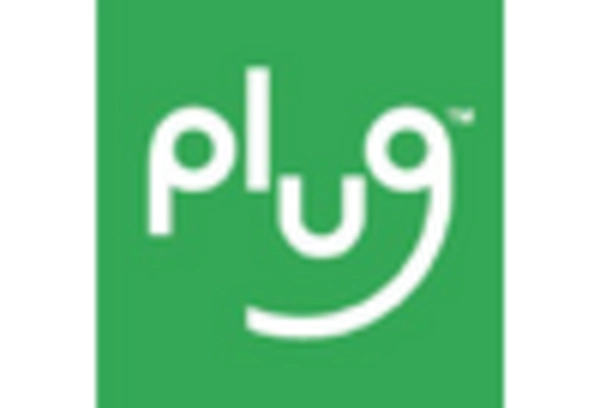
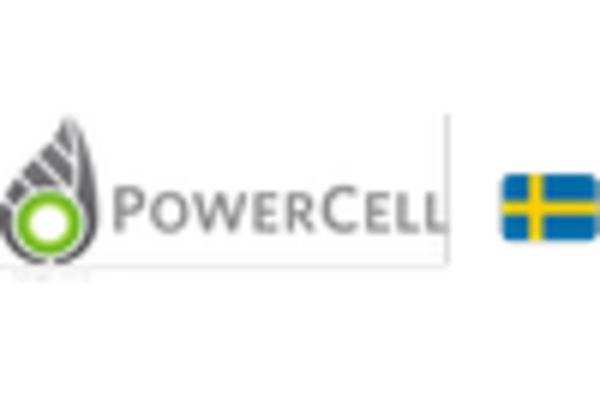








Leave a Comment